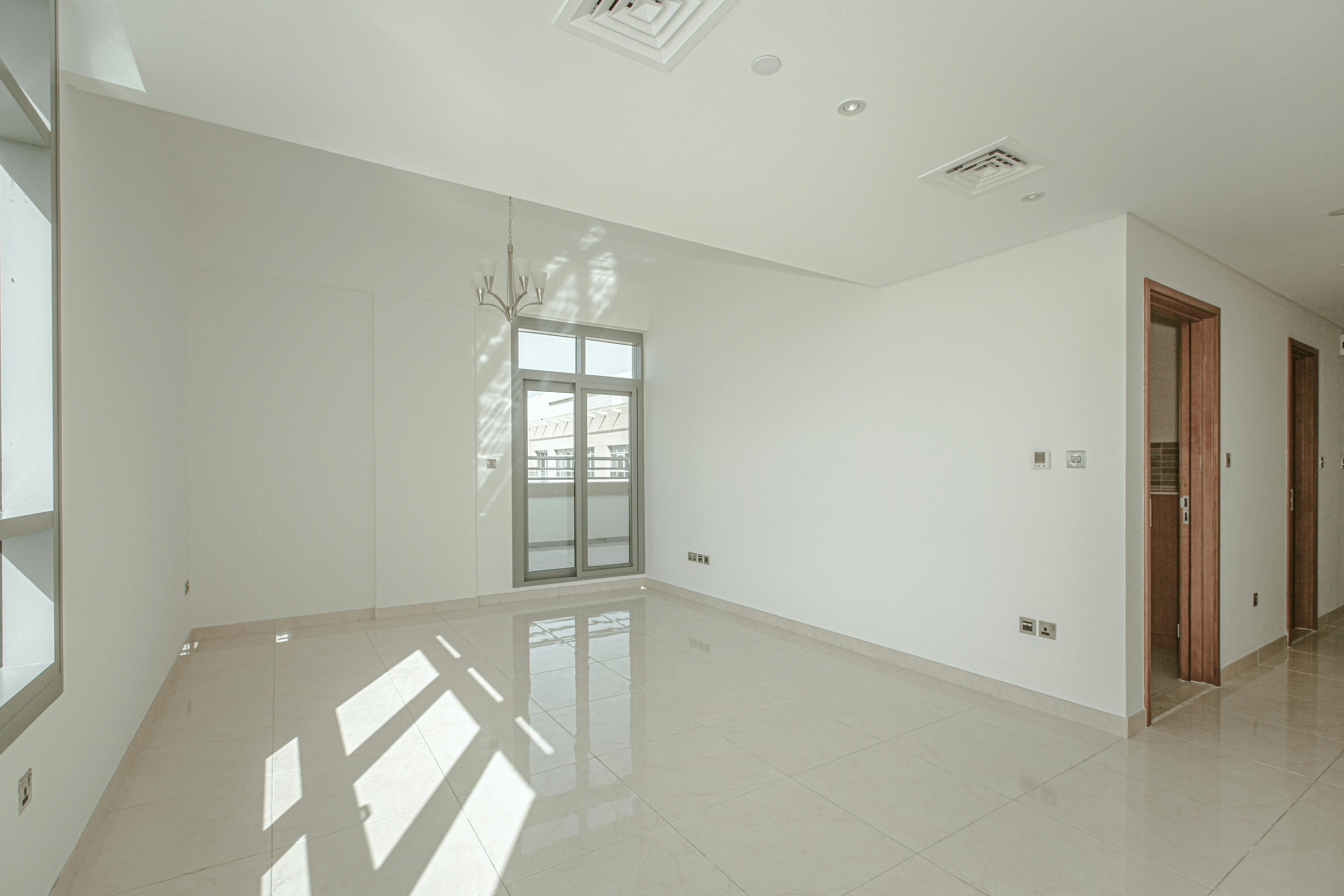If you’re a homeowner, there’s a good chance you’ll worry about termite damage at some point. The most common symptoms of termite infestation are fairly easy to spot, but you need to know where and how to look.
You should be on the lookout, because the key to limiting the damage is spotting an infestation early; ideally before a colony has time to establish itself in your home. A little prevention can save you hours of effort and thousands of dollars in expenses, not to mention preserving the value of your home.
The first place to start looking is outside your home. Termites typically enter your home through wood-to-wood or soil-to-wood contact. Termites create airtight tunnels into and through wood and soil, making these their home.
Therefore, the places to check are the areas where the wood is in contact with your house. Most commonly, it is firewood, which is a major source of termites. You should remove it from your home anyway, but that’s a good place to look for signs of termites.
Next, you need to look for places where the floor is in contact with the wood of your house or is very close to it. Ideally, there should be six inches between the ground and the structure of your house, but this is not always the case.
Another area to look at is areas where you have standing water or a drainage problem. Anywhere moisture builds up, because termites need a moist environment and will naturally seek out areas where things are moist and warm.
In any case, what you should look for are signs of termites. The most obvious are mudtubes, which are exactly what they sound like. Termites need their tunnels, so when they go up they build what appear to be tubes made of mud. If you see this, you definitely have a problem.
Termites eat wood, so the usual place inside your home to start looking is where you can find the exposed wood of your home’s frame. Depending on where you live, it will search in the basement or in a cellar. In either case, you will need a flashlight and a flathead screwdriver.
What you are going to look for are wings and fecal matter, the latter of which looks like dirt or some sort of matter that looks like a peppercorn. This is a sure sign that termites have found their way into your home. You should also keep an eye out for debris that looks like sawdust, which you shouldn’t find unless there’s an infestation. And of course you have to keep an eye out for the mud tunnels, which they also build inside.
Even if you don’t find any of the obvious signs, you should check the wood, which is where the screwdriver will be needed. Basically, you need to stab the wood, hard, with a screwdriver.
What you get with sound wood is a thud and a fraction of an inch of penetration. On the other hand, if the screwdriver sinks deep into the wood and makes a hollow sound, you’re in trouble.
You can treat termite problems, often cheaply and effectively, if you know what to look for with termite damage. The most common symptoms of termite infestation are easy to spot, so start looking today.



